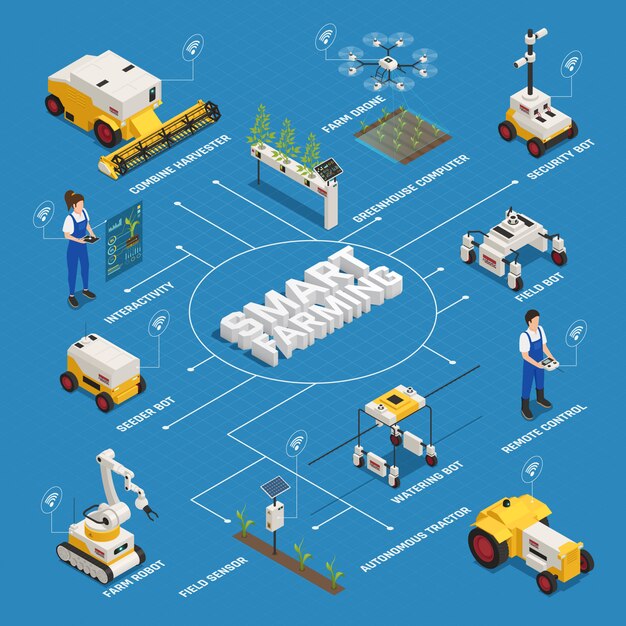Guided Vision: Precision Crop Circuits

How Modern Vehicle Electronics Are Revolutionizing Agriculture
Farming, much like other industries, is always looking for new ways to boost efficiency and improve yield. A key strategy for achieving this is by giving farmers a better grasp of their land, enabling them to utilize every square meter to its fullest potential.
Tony Hague and Nick Tillett, after the UK government closed the Silsoe Research Institute, founded Tillett & Hague in the mid-1990s. This company has been pioneering machine vision guidance systems ever since. They develop and produce control systems specifically for machinery manufacturers aiming to offer their agricultural customers top-tier precision guidance.
With tighter regulations on herbicide use, there’s been growing interest in using inter-row guidance technology for weed control. This technology helps guide cultivators between crop rows and is now also being applied to band spraying equipment. This allows farmers to apply various products at different doses both between and atop crop rows, increasing the versatility of existing herbicides and other crop protection products.
“Modern mechanical approaches are mainly focused on field crop protection, especially weed control,” said Hague. “Inter-row guidance for cultivators is particularly popular among farmers who want to cut down on herbicide use.”
Most systems identify crop rows and then control a tractor-mounted hoe’s position to cultivate between these rows. Advanced systems even synchronize rotary cultivators with the passing crop plants for more precise cultivation.
It became clear to Tillett & Hague that while they could manage the electronic design work internally, they needed a partner with expertise in electronics manufacturing. They turned to Newbury Electronics, starting with prototype bare boards through Newbury’s PCB Train service. Once satisfied with their design, Tillett & Hague ordered production batches of around 50 units, manufactured to stringent quality standards at Newbury’s facility in the UK.
This service was incredibly convenient for Tillett & Hague because it included all necessary components and their assembly onto the PCBs. The finished boards were then integrated into the complete electronic systems, along with licensed software, and supplied to farm machinery customers like Garford Farm Machinery.
Hague noted, “One of our newest and most complex machines uses rotary cultivators driven by electrical systems. This machine has about 25 PCBs, each for a different rotor or control function, all made by Newbury Electronics. Designing this system was challenging, especially dealing with electric rotor drives in areas with bog oak – submerged ancient trees that pose a risk to the equipment.”
Despite these challenges, Newbury’s solder joints have proven robust enough for rough terrain. Moreover, they’ve provided custom-shaped boards that fit the controls around motors in cast metal housings, doubling as heatsinks. The latest development involves redesigning the user console to integrate all essential functions like power supply management and touch screen control onto a single PCB, enhancing efficiency and usability.
Overall, the collaboration between Tillett & Hague and Newbury Electronics is a testament to how modern vehicle electronics are significantly improving agricultural production methods.